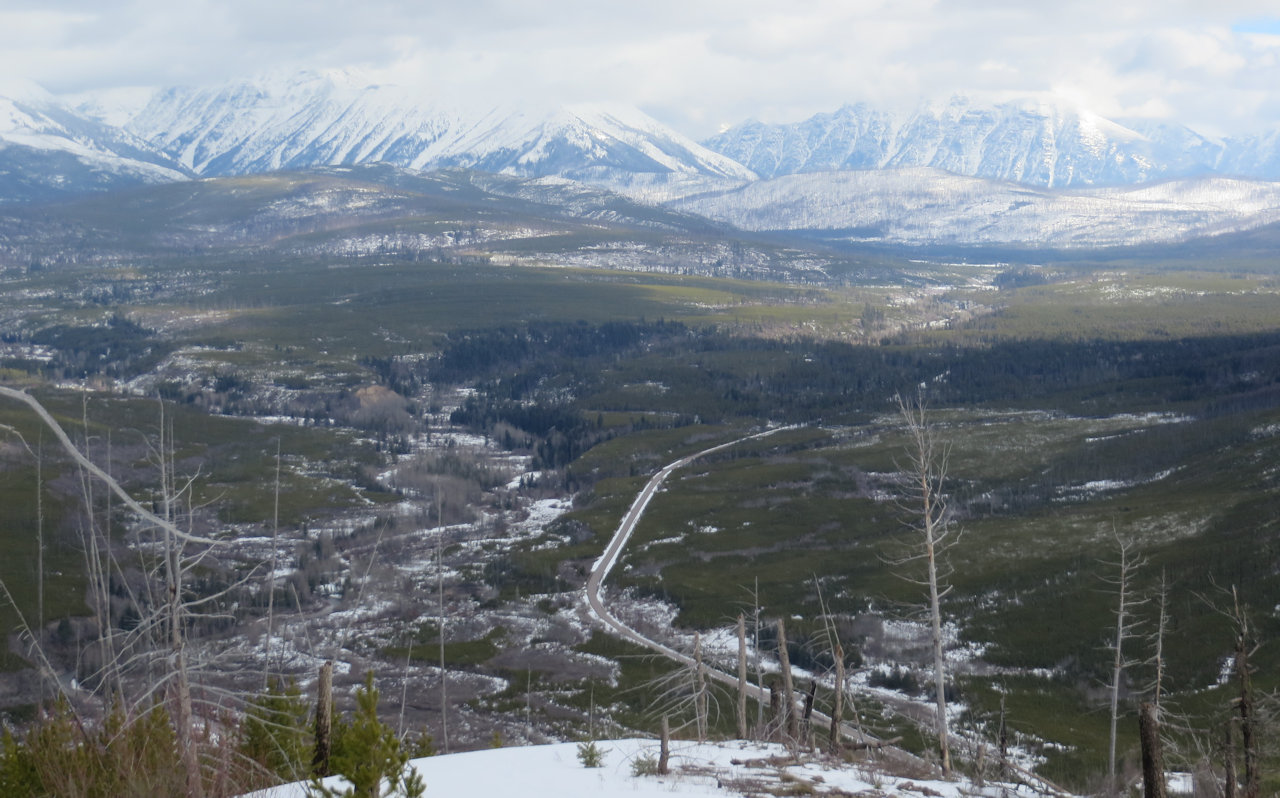
Glacier Park’s Camas Road opened to the public at around noon today.
Enjoy!
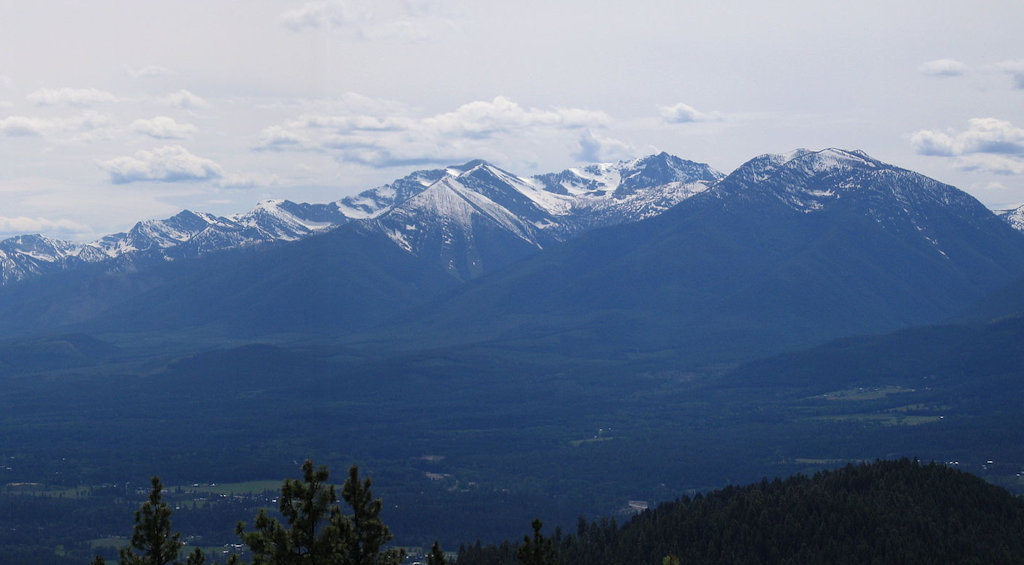
The bell sounds for the next round of the fight over the Montanore Mine . . .
Environmentalists are challenging U.S. Forest Service approval of a $500 million copper and silver mine in northwest Montana, citing concerns from state officials that it could drain surrounding waterways and potentially harm a species of trout protected under federal law.
The lawsuit filed Friday in U.S. District Court in Missoula challenges the Montanore Mine south of Libby near the Idaho border. Sponsor Mines Management Inc. of Spokane, Washington, has been seeking a mining permit since 2004.
But three groups said in Friday’s lawsuit that the government’s authorization for Montanore ignored studies of the mine’s environmental effects. Those government-sponsored studies concluded the mine potentially could drain groundwater supplies that feed into creeks and a river in the pristine area, an effect that could linger for centuries.

The U.S. Fish and Wildlife Service got dragged into court over their wolverine policy and got chewed out by the judge . . .
The Obama administration brushed over the threat that climate change poses to the snow-loving wolverine when it denied protections for the elusive predator also known as the “mountain devil,” a federal judge ruled Monday.
U.S. District Judge Dana Christensen ordered wildlife officials to act as quickly as possible to protect the species as it becomes vulnerable to a warming planet. Wolverines need deep mountain snows to den, and scientists warn that such habitat will shrink as the planet heats up.
The U.S. Fish and Wildlife Service rejected the views of many of its own scientists in 2014 when it said the effects of climate change on wolverines remained ambiguous.
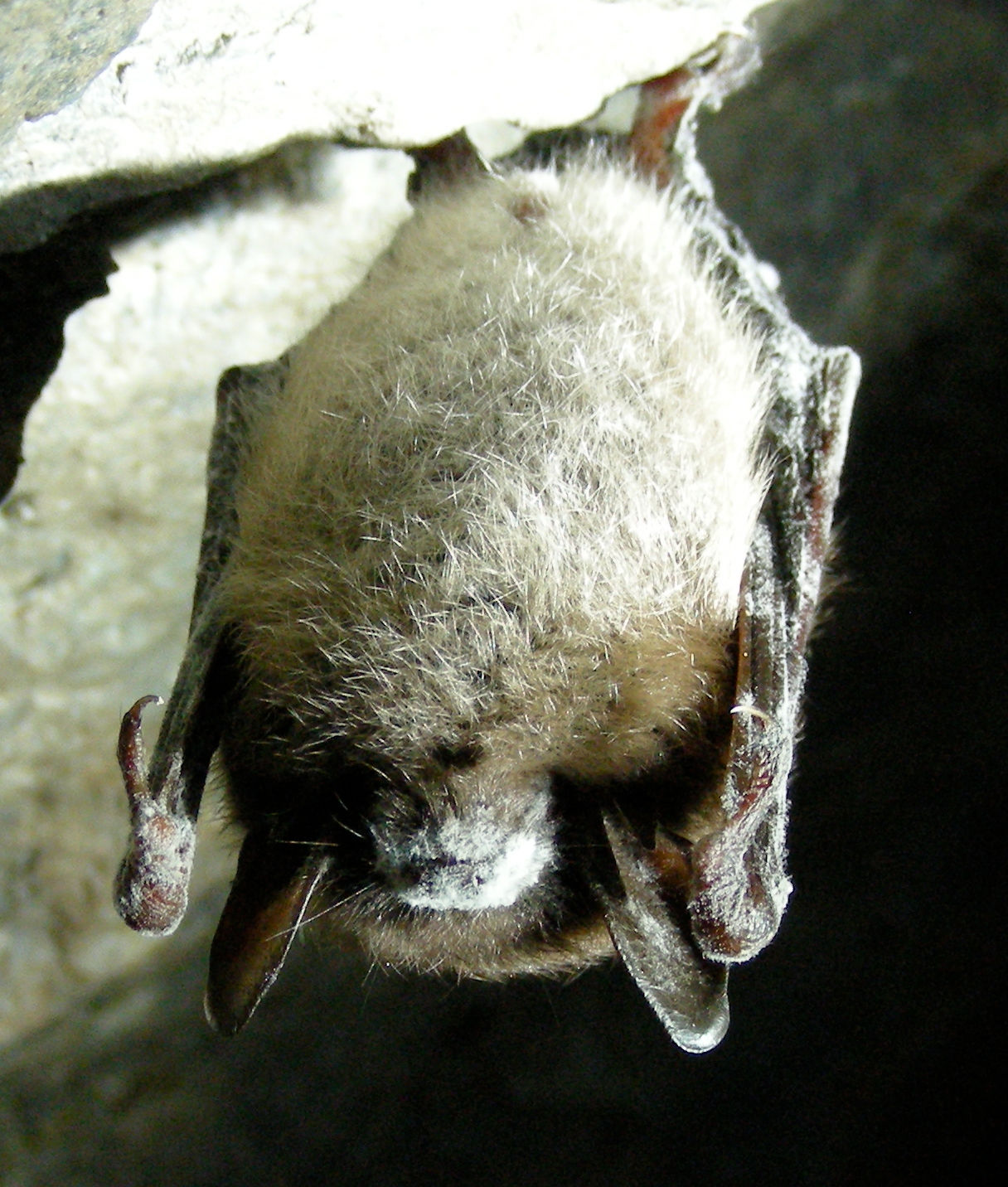
Montana Fish, Wildlife and Parks responds to the first reported occurrence of white-nose syndrome (WNS) in the Western U.S. . . .
Montana Fish, Wildlife & Parks, partner agencies and other organizations are prepared for white-nose syndrome (WNS), should it turn up in Montana’s bat population.
Washington state released news last week that WNS was detected recently in a bat discovered near North Bend, Washington. This marks the western most discovery of the disease, which has killed more than 6 million bats in eastern states since 2006. The disease was confirmed by the U.S. Geological Survey’s National Wildlife Health Center. WNS is not known to pose a threat to humans, pets, livestock or other wildlife.
WNS is a fungus that can be spread by bats, animals or humans carrying spores on their bodies, or in the case of humans, clothing and gear. In particular, recreational cavers traveling from one cave to another can transport the fungus on their boots, ropes or clothing.
However, an important partnership has developed between Montana agencies and the caving community decreasing the odds of humans spreading the disease here. In particular, the Northern Rocky Mountain Grotto has been working to educate their members and other cavers on the risks of spreading this disease and the importance of “clean caving.” Clean caving simply means adequately disinfecting gear between cave visits.
Continue reading Montana ready to address WNS in bats if necessary
The Flathead Chapter of the Montana Native Plant Society presents a talk by Rachel Potter on ‘Plants of Inland and Coastal Wet Belts’ on Wednesday, April 20 at 7:00 pm in the North Valley Community Building 235 Nucleus Ave, Columbia Falls . . .
Rachel Potter, founder of Glacier National Park’s Native Plant Nursery and Revegetation Program, will share pictures and stories from kayak and canoe trips to British Columbia’s Bowron Lakes Provincial Park and southeast Alaska’s Tongass National Forest. Her program will be part travelogue and part plants.
Rachel’s program will begin promptly at 7:00 pm. Prior to her program, a general board meeting will take place, starting at 5:30. All are welcome to this general meeting. Both will take place at North Valley Community Building (Teakettle Hall) – look for the North Valley Physical Therapy sign, 235 Nucleus Ave, Columbia Falls.
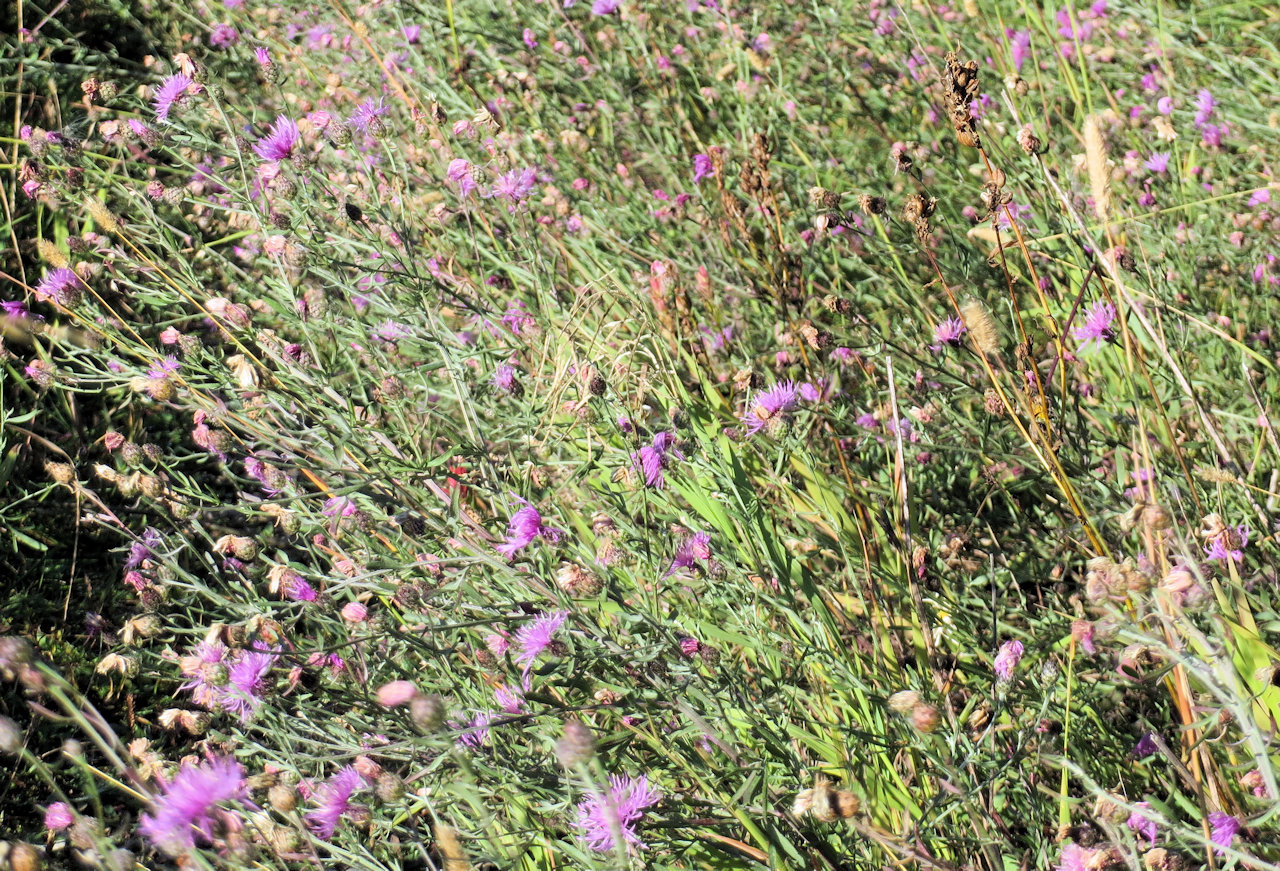
No big surprise, but it needed saying: the Montana Invasive Species Advisory Council points out that effective invasive species control costs money . . .
An assessment of invasive species management by the Montana Invasive Species Advisory Council said a lack of money is one of the biggest obstacles to protecting Montana’s environment from noxious weeds and other unwanted biological invaders.
The council was created by a Gov. Steve Bullock in 2014. A Governor’s Summit on Invasive species will be held April 12 and 13 in Helena, followed by development of a statewide action plan by the end of the year.
“Montana’s vast outdoor recreation and wide-open spaces are an important part of what makes Montana great and they play a crucial role in our growing economy,” Bullock said in a statement. “The threat of invasive species to our land, water, native species, and economy is real, and I will always fight to protect them.”
Our own Frank Vitale gets some ink in an article about the apprentice packing program beginning this year . . .
Frank Vitale was deep in the backcountry along with a pair of fellow wilderness packers last summer when the campfire talk turned to the future of their profession.
“We don’t see a whole lot of young people packing anymore,” Vitale said. “And a lot of us are starting to get a little gray around the muzzle.”
Vitale splits his work life between packing trips and horseshoeing on his ranch, which sits nestled against the Swan Mountain foothills between Creston and Bigfork.
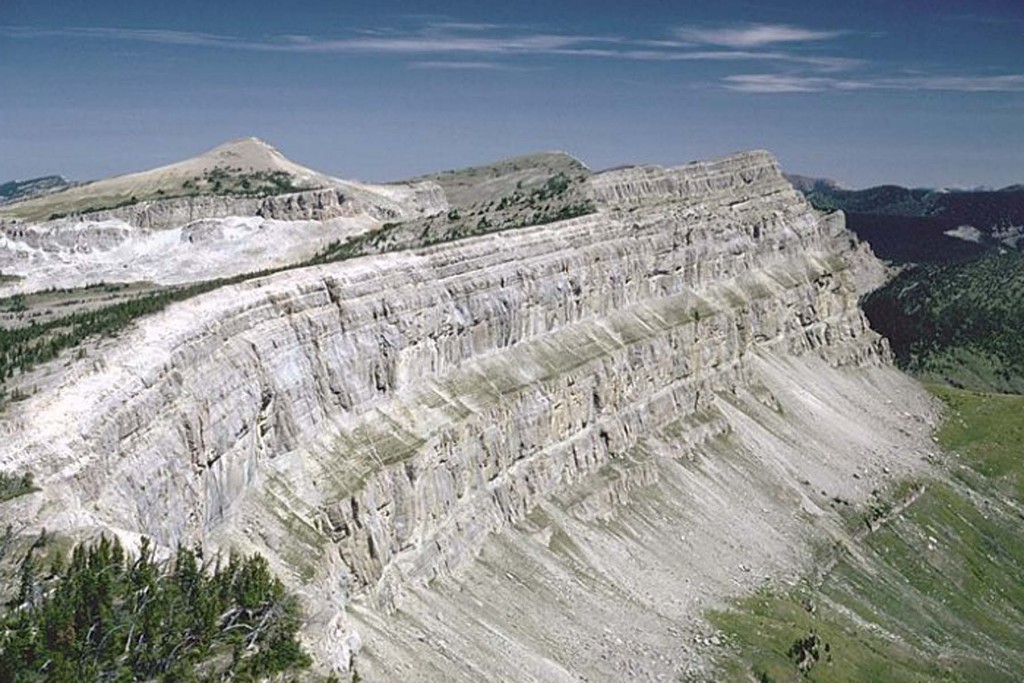
The Missoulian has an interesting report on the April 2, 2016 Bob Marshall Wilderness complex annual meeting in Choteau . . .
For all the work needed in the woods, there’s at least as much to do back in the office regarding the Bob Marshall Wilderness Complex.
U.S. Forest Service and Montana Fish, Wildlife and Parks analysts have several long-term projects underway that will affect how hikers, riders, hunters and neighbors experience the 1.5 million-acre backcountry. Much of the to-do list was reviewed at an annual public meeting on Saturday that’s been convening every spring for more than 30 years.
This years’ gathering attracted everyone from Choteau business owners and ranchers to horseback riders who could trace three generations of family experience in the Bob. In between were outfitters, airplane pilots, snowmobile riders and representatives from conservation groups like the Montana Wilderness Association.
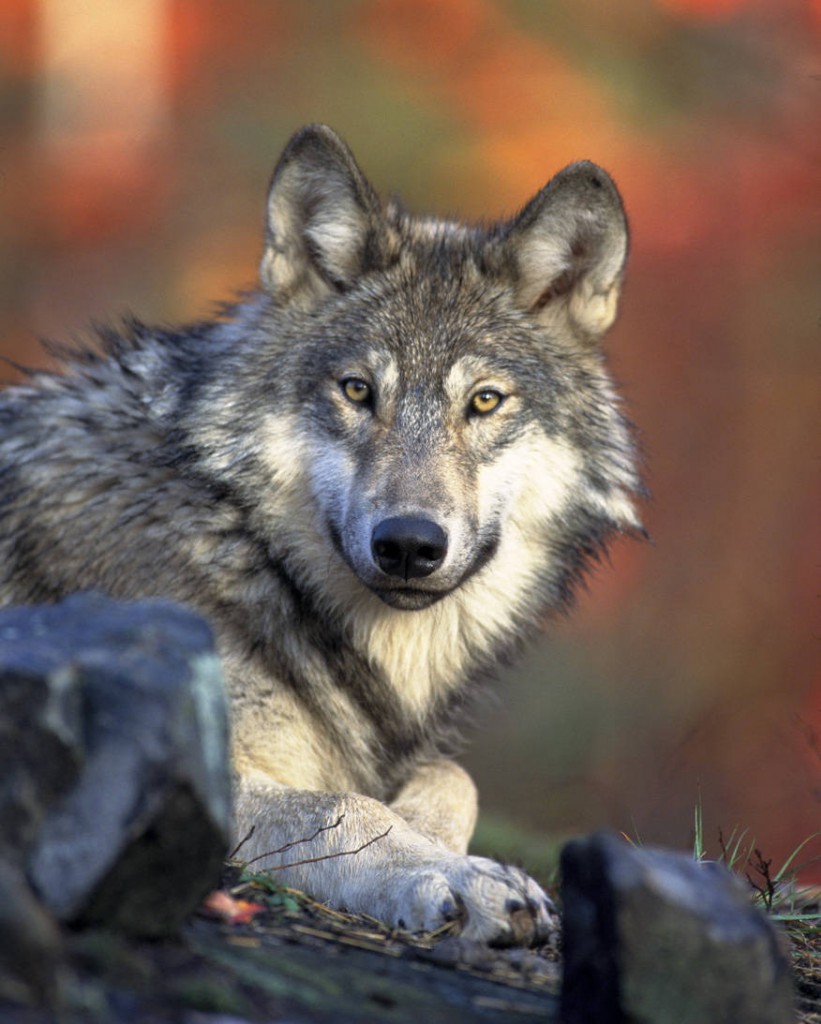
Here’s a write-up from the Flathead Beacon on the state of the wolf population in Montana. Also see the previous post containing the full press release from Montana Fish, Wildlife and Parks . . .
Five years after the contentious decision to remove federal protections under the Endangered Species Act, Montana’s gray wolf population remains healthy and among the largest in the Northern Rockies, according to state wildlife officials.
The state’s Fish, Wildlife and Parks Department reported a minimum count of 536 wolves across Montana in 2015, 18 fewer than the previous year but well above the federally-mandated minimum of 150.
Biologists confirmed a minimum of 32 breeding pairs, down from 34 in 2014. The federal and state standard requires a minimum of 15 breeding pairs.
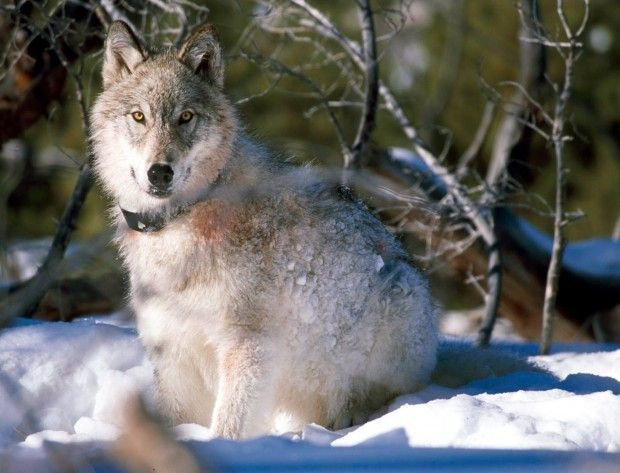
From an April 1, 2016 press release by Montana Fish, Wildlife and Parks. Note the informational links at the end of the article . . .
Wolf numbers in Montana remain healthy and well above federally-mandated minimums as the fifth and final year of federal oversight of state wolf management comes to an end in May.
Montana’s annual wolf report shows a minimum wolf count of 536 wolves in 2015, which is down from 554 in 2014. Included in this number is a minimum number of breeding pairs of 32, which is down from 34 in 2014.
The difference between the overall minimum wolf counts in 2014 and 2015 is 18, well within the variability expected when counting a wide-ranging species that often occupies rough timbered country.
“It is important to remember that these are minimum counts, meaning that only wolves FWP could actually document as being on the landscape were included,” said John Vore, Montana Fish, Wildlife & Parks Game Management Bureau Chief. “As wolf numbers have increased there is just no way we can physically count them all. We know there are more wolves out there. According to our best estimates the actual number of wolves is at least 30 percent more than the minimum count.”